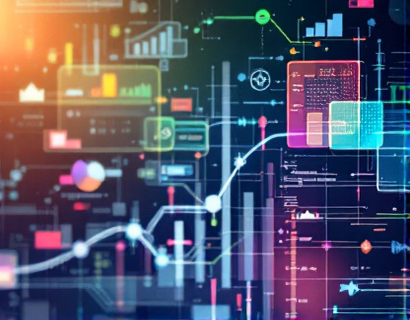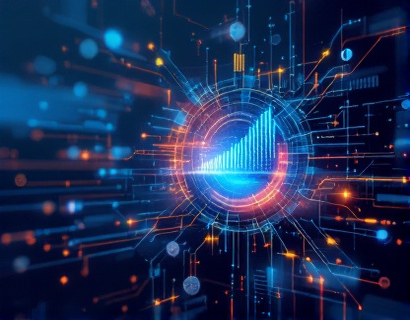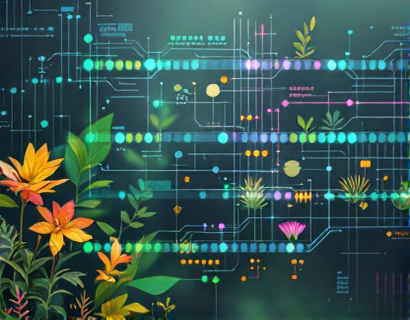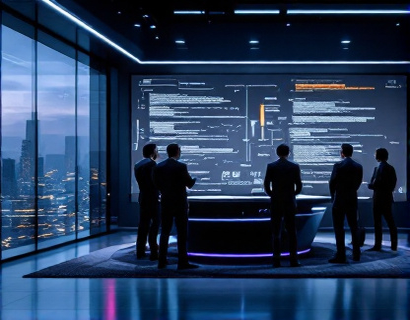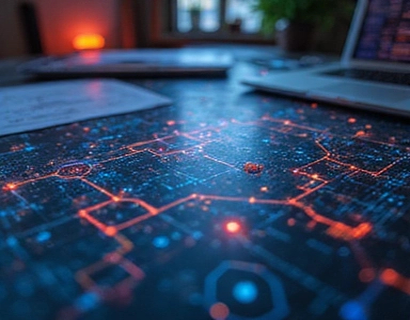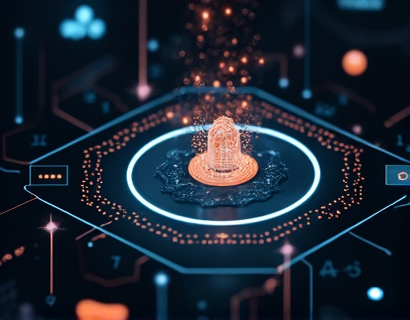Unlocking Stellar Learning: A New Era of Personalized Astronomy Education with AI
The field of astronomy education is undergoing a transformative shift, powered by the integration of artificial intelligence and advanced technology. This new era of personalized learning is redefining how students and enthusiasts explore the cosmos, making the intricate and often complex world of celestial bodies more accessible and engaging. At the forefront of this revolution is a cutting-edge AI-driven platform designed to offer tailored insights and interactive resources, bridging the gap between sophisticated astronomical concepts and the curious minds eager to understand them.
Traditional astronomy education, while rich in history and knowledge, often struggles to cater to the diverse learning styles and paces of individual students. The introduction of AI in this domain addresses these challenges by providing a dynamic, adaptive learning environment. This platform utilizes machine learning algorithms to analyze user interactions and performance, adjusting the content and presentation of information in real-time to suit each learner's needs. Whether a student is a beginner or an advanced enthusiast, the AI ensures that the educational journey is both challenging and rewarding.
Personalized Learning Paths
One of the most significant advantages of this AI-driven approach is the creation of personalized learning paths. The system begins by assessing the user's current knowledge and interests through a series of interactive quizzes and assessments. Based on this initial data, the AI curates a customized curriculum that aligns with the user's goals and learning pace. This personalized approach not only enhances engagement but also ensures that learners are consistently challenged and motivated to progress.
The platform offers a wide range of topics, from the basics of celestial mechanics to advanced subjects like exoplanet atmospheres and gravitational waves. Each module is designed to build upon the previous one, creating a cohesive and comprehensive learning experience. Users can choose to follow a structured path or explore topics of particular interest, with the AI providing recommendations and resources to deepen their understanding.
Interactive and Immersive Resources
Gone are the days of static textbooks and lectures. This AI-driven platform brings astronomy to life through interactive and immersive resources. Virtual reality (VR) and augmented reality (AR) technologies are integrated to provide users with a 3D exploration of the universe. Imagine stepping into a virtual environment where you can walk on the surface of Mars, observe the rings of Saturn up close, or witness a supernova explosion in real-time. These experiences not only captivate the imagination but also enhance comprehension by allowing learners to visualize and interact with complex concepts.
Interactive simulations are another key feature, enabling users to model astronomical phenomena and experiment with different variables. For instance, learners can simulate the orbits of planets in a solar system, observe the effects of gravitational forces, or study the life cycle of stars. These hands-on activities foster a deeper understanding and retention of the material, making the learning process both enjoyable and effective.
Expert Insights and Community Engagement
While personalized learning and interactive resources are crucial, the social aspect of learning should not be overlooked. This platform fosters a vibrant community of astronomy enthusiasts, connecting learners with experts and peers from around the world. Users can participate in forums, join discussion groups, and collaborate on projects, creating a supportive and stimulating environment for knowledge sharing and growth.
The platform also features live sessions with leading astronomers and researchers, offering users the opportunity to ask questions and gain insights from the frontiers of astronomical research. These sessions are recorded and made available for later viewing, ensuring that users can benefit from expert knowledge at their convenience. Additionally, users can access a library of expert-curated content, including articles, videos, and podcasts, covering a wide range of topics in astronomy and related fields.
Adaptive Assessment and Feedback
To ensure continuous progress and mastery, the platform employs adaptive assessment tools. These tools dynamically adjust the difficulty and type of questions based on the user's performance, providing a comprehensive evaluation of their understanding. Immediate feedback is given, highlighting areas of strength and those requiring improvement. This instant feedback loop is crucial for reinforcing learning and correcting misconceptions in real-time.
Moreover, the AI analyzes user interactions and performance data to identify patterns and trends, offering personalized recommendations for further study. This data-driven approach ensures that learners are always moving forward, addressing gaps in knowledge and building a solid foundation in astronomy.
Accessibility and Inclusivity
One of the most commendable aspects of this AI-driven platform is its commitment to accessibility and inclusivity. The platform is designed to be user-friendly, with intuitive interfaces and multilingual support, making astronomy education accessible to a global audience. Users with disabilities benefit from features such as text-to-speech, adjustable text sizes, and compatibility with assistive technologies, ensuring that everyone has the opportunity to explore the wonders of the universe.
Furthermore, the platform offers scholarships and financial aid options for users who may face economic barriers, breaking down financial obstacles to education. By democratizing access to high-quality astronomy education, the platform plays a vital role in fostering a diverse and inclusive community of learners.
Future Prospects and Innovations
As AI and related technologies continue to advance, the potential for innovation in astronomy education is vast. Future developments may include more sophisticated VR and AR experiences, integrating real-time data from space telescopes and missions to provide users with the latest observations and discoveries. The platform could also incorporate artificial general intelligence (AGI) to create even more personalized and intuitive learning experiences, anticipating and addressing user needs before they are consciously recognized.
Another exciting prospect is the integration of citizen science projects, allowing users to contribute to real astronomical research. By participating in data analysis, pattern recognition, and other research tasks, users can contribute meaningfully to the scientific community while deepening their understanding of the subject.
Conclusion
The convergence of AI and astronomy education marks a new era of learning, where the universe's mysteries are within reach of anyone with curiosity and a desire to explore. This AI-driven platform not only enhances individual learning experiences but also fosters a global community of astronomy enthusiasts, united by a shared passion for the cosmos. As technology continues to evolve, the possibilities for innovative and impactful astronomy education are limitless, promising a future where the stars are no longer just distant points of light, but gateways to endless discovery and wonder.





